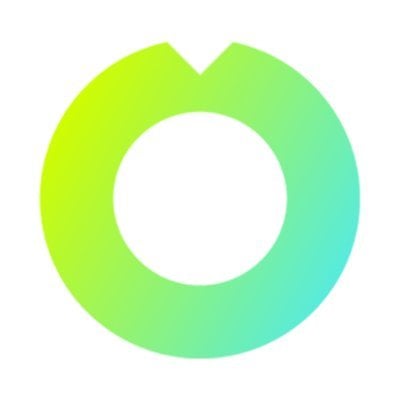About Status
Status is building the tools and infrastructure for the advancement of a secure, private, and open web3.
With the high level goals of preserving the right to privacy, mitigating the risk of censorship, and promoting economic trade in a transparent, open manner, Status is building a community where anyone is welcome to join and contribute.
As an organization, Status seeks to push the web3 ecosystem forward through research, creation of developer tools, and support of the open source community.
As a product, Status is an open source, Ethereum-based app that gives users the power to chat, transact, and access a revolutionary world of DApps on the decentralized web. But Status is also building foundational infrastructure for the whole Ethereum ecosystem, including the Nimbus ETH 1.0 and 2.0 clients, the Keycard hardware wallet, and the Waku messaging protocol (a continuation of Whisper).
As a team, Status has been completely distributed since inception. Our team is currently 150+ core contributors strong, and welcomes a growing number of community members from all walks of life, scattered all around the globe.
We care deeply about open source, and our organizational structure has minimal hierarchy and no fixed work hours. We believe in working with a high degree of autonomy while supporting the organization's priorities.
<h4>JS-Waku:</h4>
We are building Waku as a public good infrastructure. Waku is the messaging layer of Web3. It is a decentralized, censorship-resistant, privacy-preserving communication network that enables anyone to send and receive messages without worrying about surveillance or deplatforming. We are developing 3 open source implementations of Waku: nwaku, go-waku and js-waku. JS-Waku is the TypeScript implementation used in browser and web environments.
Our main repo is https://github.com/waku-org/js-waku
We are enabling Ethereum builders to create new projects with a fully decentralized architecture, think dApp to Wallet notifications, NFT marketplaces, censorship-resistant chat, layer-2 and more.
We are looking for Software Engineers that are passionate about Ethereum, decentralization and developer experience. and who would relish the opportunity to create a first class decentralized machine-to-machine messaging interface and toolkit and bring these new capabilities to Web3 developers!
You will:
- Design, implement and document Waku TypeScript libraries
- Implement new protocols as defined by the Research Team
- Investigate and fix issues in js-waku and upstream libraries such as js-libp2p
- Liaise with the libp2p team to resolve web-only libp2p matters (WebRTC, etc)
- Optimize js-waku and upstream libraries for the browser
- Support dApp developers in using js-waku and Waku TypeScript libraries
Ideally, you:
- Have experience building applications with complex logic, cutting edge technology or applied research
- Are already familiar with the Ethereum community
- Have the ability to learn new concepts and technologies quickly, you are a polyglot
- Have passion for blockchain and decentralized technologies and understand how they work
- Have good communication skills (written and conversational)
- Have a strong alignment to our principles: https://status.im/about/#our-principles
Bonus points if you have experience:
- In Web development (TypeScript, JavaScript, etc)
- With js-libp2p or other libp2p implementations
- With transport layer: websocket, WebRTC, WebTransport
- In Web3 or blockchain development
- Working for an open source organization
- Working remotely
[Donât worry if you donât meet all of these criteria, weâd still love to hear from you anyway if you think youâd be a great fit for this role. Just explain to us why in your cover letter].
Compensation:
We are happy to pay in either 100% fiat or any mix of fiat and/or crypto.
Hiring process:
- Introductory call with member of the Talent team
- Culture and Pair programming session with Waku Lead
- Technical & Culture Interview with Vac team member

